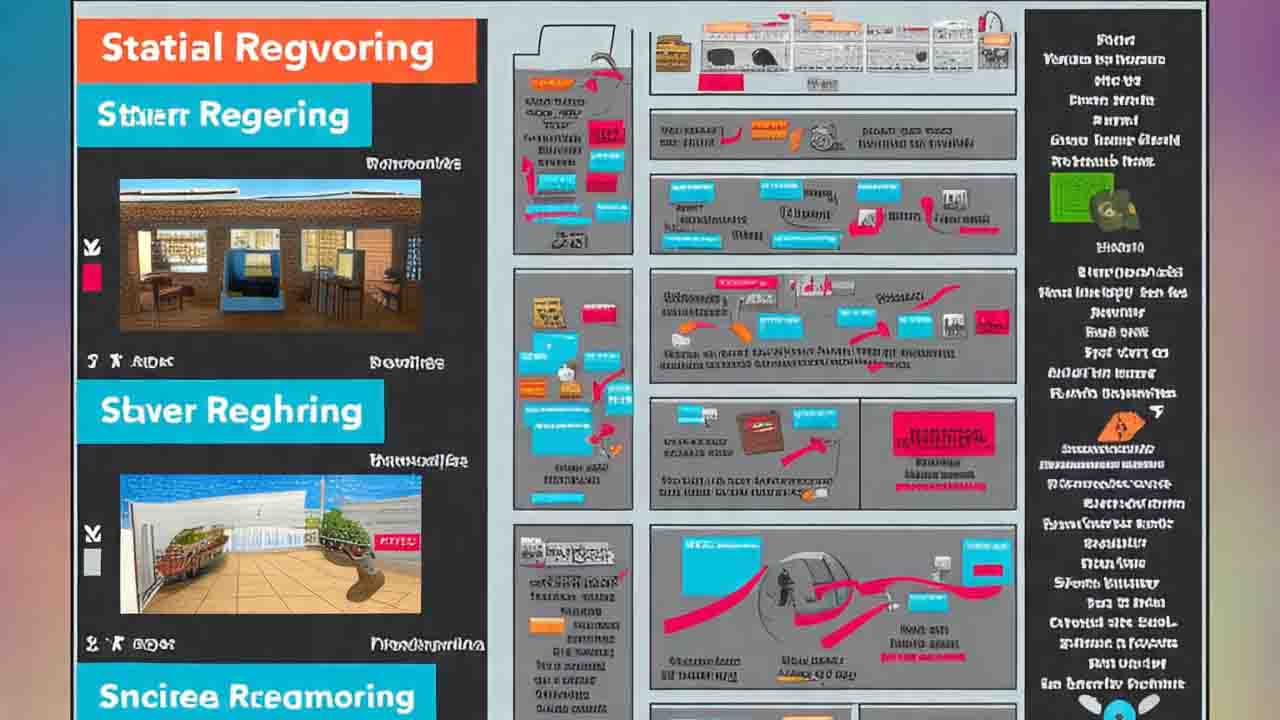
Fastcreasite – From Static to Dynamic the phrase now defines a pivotal transformation in web development practices. Gone are the days when developers were forced to choose between static websites for speed and server-rendered pages for interactivity. Today, frameworks like Next.js, Nuxt, and Astro are bridging that gap through a new paradigm: hybrid rendering.
These modern frameworks empower developers to choose the most suitable rendering strategy on a per-page basis. Whether it’s Static Site Generation (SSG) for high-traffic landing pages or Server-Side Rendering (SSR) for dynamic content, these tools make both options seamlessly accessible within the same project. This flexibility leads to faster load times, better search engine optimization (SEO), and a superior user experience (UX) all without compromising functionality.
Among the leaders of this hybrid rendering wave, Next.js and Nuxt have established themselves as top-tier choices for developers working with React and Vue, respectively. Both offer built-in support for SSR and SSG, automatic code splitting, and tight integration with headless CMSs and APIs.
But perhaps the most intriguing player in the scene is Astro, a relatively new framework that’s quickly gaining traction. Astro’s standout feature partial hydration lets developers send less JavaScript to the browser by hydrating only the interactive components on a page. This reduces page weight and improves loading speeds dramatically, making it ideal for performance-focused projects.
“BBC Faces Glastonbury Dilemma Over Kneecap”
From Static to Dynamic is not just a catchphrase for Astro it’s the core principle behind its architecture. Astro essentially rethinks the modern web, prioritizing lightweight delivery, minimal client-side scripting, and maximum efficiency.
As user expectations rise and performance becomes a key differentiator online, developers are under increasing pressure to deliver fast, dynamic, and accessible websites. That’s where the From Static to Dynamic mindset becomes critical.
Hybrid rendering allows teams to maintain lightning-fast static performance without giving up the dynamic capabilities modern applications require. It also future-proofs development by offering a scalable and adaptable solution for both small projects and enterprise platforms.
Frameworks like Next.js, Nuxt, and Astro aren’t just tools they represent a new standard. From Static to Dynamic is more than a shift in rendering strategy. It’s a reflection of how far front-end development has evolved, and where it’s heading next.
“Textured Serenity: Where Comfort Meets Art”
Tech News & Trends - In an era where technology continues to push the boundaries of creativity, Suno AI stands…
What's New - In today’s fast-paced digital world, every second matters. A website’s speed, design, and structure can make or…
Web Development - In the digital age, a website is more than just an online presenceit’s a reflection of a…
What's New - In today’s fast-changing digital era, technology has become more than a tool it’s an ecosystem of intelligence…
Tech News & Trends - In the era of digital communication, writing has become one of the most essential skills…
Tech News & Trends - In the ever-evolving world of technology, Perplexity AI stands as one of the most innovative…